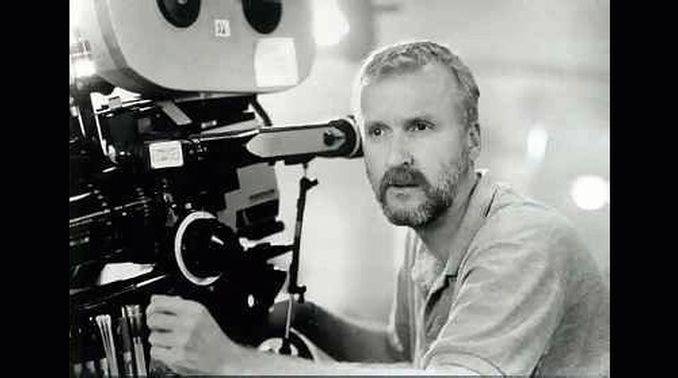This post was published on September 04, 2014.
A movie, a series of pictures, combined with sound effects and the lighting, is entertainment to people and business to its makers. But a truly good movie is something that touches people at their deepest emotions and leave an impression. When I think of a film director who has given audience some of the best films, one person that strikes my mind is James Francis Cameron.
Some of his works include Titanic, Aliens, Rambo: First Blood Part II and so on. After Titanic, he began working on a project that took almost 10 years to make. The movie is none other than Avatar, which took the film industry by storm, and he received nominations in three Academy Award Categories.
He is not only one of the finest film makers but also a multi-talented person. In the time between making Titanic and Avatar, he spent several years creating many documentary films (specifically underwater documentaries) and co-developed the digital 3D Fusion Camera System. Cameron has also contributed to underwater filming and remote vehicle technologies. He has been nominated for six Academy Awards overall and won three for Titanic. In total, Cameron’s directorial efforts have grossed approximately US$ 2 billion in North America and US$ 6 billion worldwide, Titanic and Avatar being the highest grossing films of all time.
There must be a feeling of wonder as to why James Cameron is being talked about here, on an IP related blog. Well, he has not only given the film industry his best work but also the field of marines. Along with Michael H Cameron, he has patented an invention, entitled Apparatus for propelling a user in an underwater environment (US Patent No.: 4996938). Part of the description of the invention states: “This apparatus consists of a hull, supports and thrusters. The hull assembly is required for maintaining the apparatus at a desired level of buoyancy, and has a longitudinal axis. To position the hull assembly at the desired angular orientation relative to himself, supports are provided. For propelling the apparatus through water, thrusters are connected to the hull assembly. The thruster means are positionable at the desired angular orientation relative to the longitudinal axis of the hull assembly. The hull assembly is angularly oriented independently of the direction of the movement of the apparatus. Means are provided for connecting the thruster means to the hull assembly.”
One of the fundamental reasons for designing the vehicle with rotatable thrusters was to achieve the capability of aiming the lens of an attached underwater movie camera in one direction while having the capacity at the same time of propulsion of the entire rig in another flight attitude. A crane type camera moves with very unique cinematic results for underwater photography. The apparatus can travel at speeds up to four knots. It may operate at maximum depths of approximately two hundred feet. There can be further improvements made to the invention. Although, within the scope of the appended claims, the invention may be practiced otherwise than as specifically described.
We sure hope that this invention will revolutionize the methods of filming underwater.



